You are viewing ARCHIVED content published online before January 20, 2025. Please note that this content is NOT UPDATED, and links may not work. Additionally, any previously issued diversity, equity, inclusion or gender-related guidance on this webpage should be considered rescinded. For current information, visit https://www.blm.gov/blog.
BLM provides support for U.S. Forest Service Boise airtanker base upgrades
Change has been a long time coming for the Boise airtanker base located at the National Interagency Fire Center (NIFC). Over the past 20 plus years, the Boise National Forest has operated an airtanker base out of a portable trailer. Finally, in 2021, construction was completed on a new permanent structure and storage cache thanks, in part, to the Bureau of Land Management (BLM).
The BLM is charged with maintaining the tanker base similar to all facilities on the NIFC campus; the BLM manages the NIFC campus, including the ramp area, with access to the Boise Airport runways where the airtanker base and aviation dry powder retardant storage cache are located.
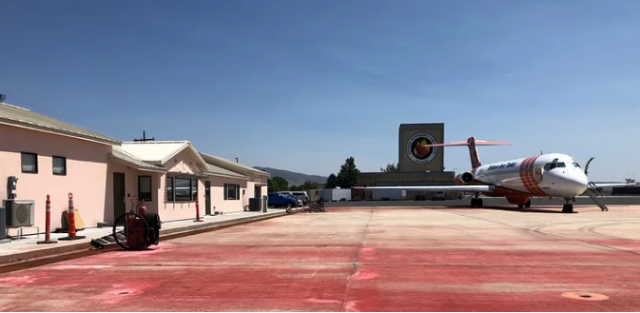
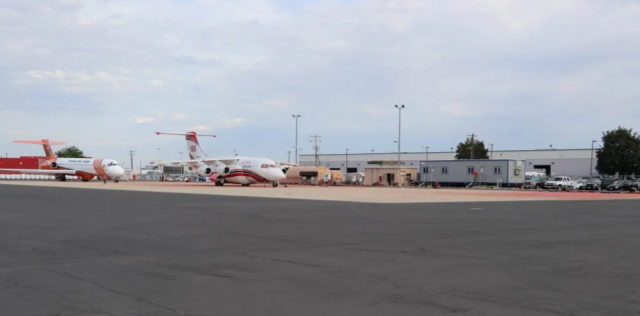
The USDA Forest Service (USFS) and BLM have been discussing the needs at the tanker base for several years, however NIFC did not begin receiving deferred maintenance funds for any campus facilities, including the airtanker base, until 2013. Those funds were not enough to catch up on required life safety maintenance, let alone replace the trailer with a permanent building.
In 2018, new environmental infrastructure upgrades were constructed at the tanker base. This work included construction of a secondary containment structure for retardant mixing and storage, bringing potable water, sanitary sewer, and information technology upgrades to the base for future use. These utilities were in place and ready for connection to the new permanent building.
For this project, the BLM provided design guidance, project management, contracting and project inspector duties for construction. The USFS was key in project funding, development of the new buildings, and finishing the infrastructure upgrades the BLM began several years ago.
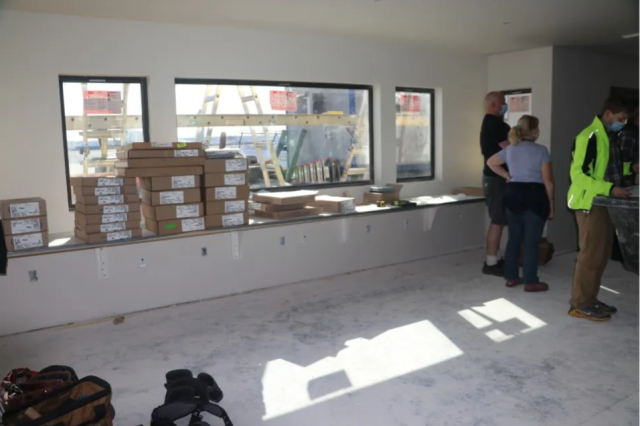
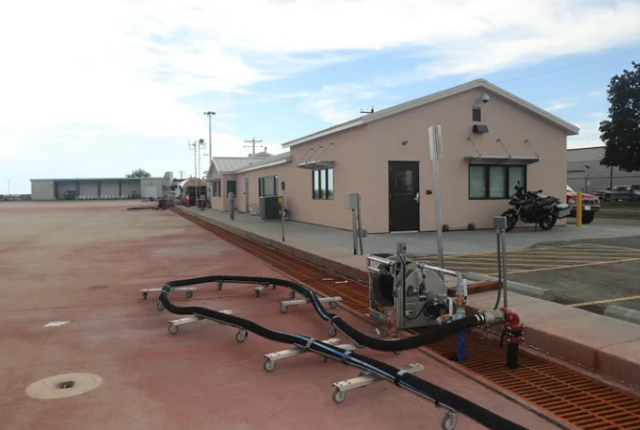
“This truly was a collaborative effort between the BLM and Forest Service,” said Shelby Stuart, BLM Fire Facilities Engineer leading the project for the NIFC. “The Forest Service and BLM worked together in the development and design through the end of construction. A Forest Service architect along with engineers produced the construction documents with input from the NIFC engineering staff. This teamwork produced buildings that meet the mission, as well as all environmental and agency standards while still meeting the operational needs and functionality of Boise National Forest airtanker base operators.”
There were several improvements to the tanker base besides the permanent structures from replacing retardant distribution system and containment, upgrading the water distribution system, pumps, and controls, installing new hose reels, and replacing trench covers with new cast iron grates, to upgrading the power service to meet current standards. Security was also updated to include security cameras, a new personnel gate with access control near the existing vehicle gate, and access control at all doors to both buildings.
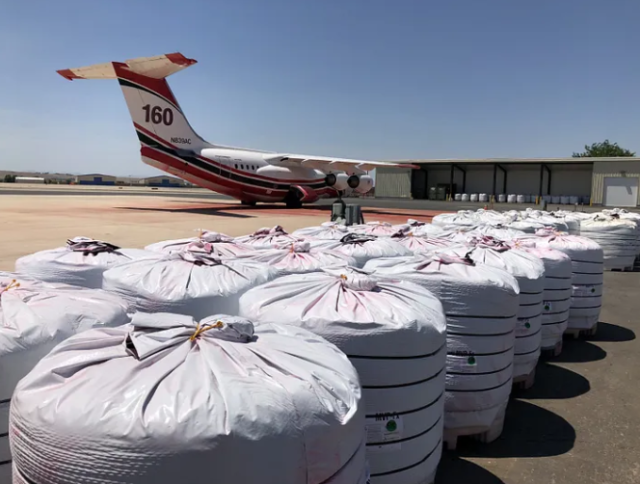
“It feels good to finally have a permanent building to operate out of for the comfort of our employees and the pilots,” said Les Dixon, Boise Airtanker Base Manager. “Having the extra storage area for retardant is also beneficial for our operations to keep the dry retardant out of the weather and prevent moisture getting into it from rain.”
During fire activity, the new 2,400 square foot cache will store the bins of retardant. The retardant inventory will allow the airtanker base to maintain continuity of operations throughout the fire year. Since airtanker bases operate seasonally, having a fire cache area close-by to securely store the retardant equipment and keep it out of the weather is important.
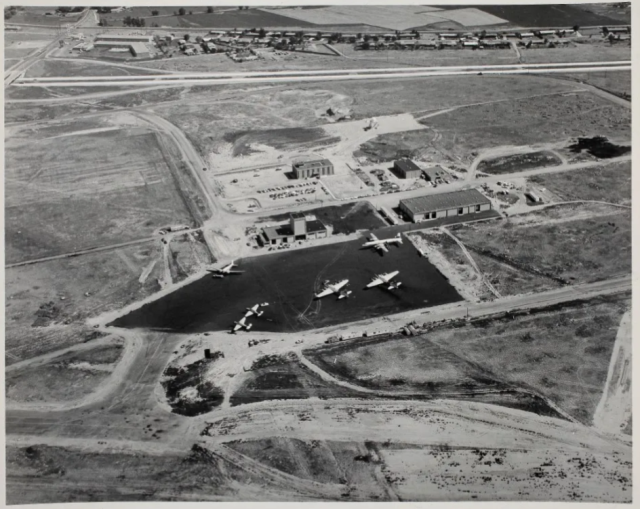
The history of the airtanker base dates back to the mid-1960s, when the BLM and the USFS coordinated efforts to build a central fire center and an aviation center. In 1968, construction began on the Boise Interagency Fire Center (BIFC) which included an air tanker base with ten acres of ramp and a parachute loft. Under the BLM and USFS joint operation, the Fire Control Branch of the Boise National Forest oversaw the air tanker base which was installed in 1971.
BIFC became NIFC in 1993 to better reflect the national mission of wildfire support. Today, the 55-acre NIFC campus is owned and operated by the BLM, but the Boise National Forest operates the Boise airtanker base.
Carrie Bilbao, BLM Fire Public Affairs Specialist
Related Stories
- Rural wildland firefighting partners grateful for BLM gift
- BLM Fire Team brings Smokey Bear to Kingman’s Street of Lights
- BLM hosts fire investigation training course to strengthen wildland fire investigation capacity across Arizona and the West
- Helping Woodlands & Fighting Fire with the Dawson Project
- BLM Fire and National Conservation Lands managers collaborate to meet shared goals
